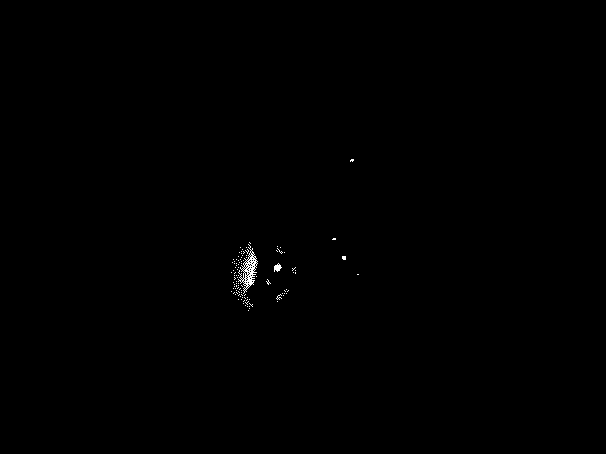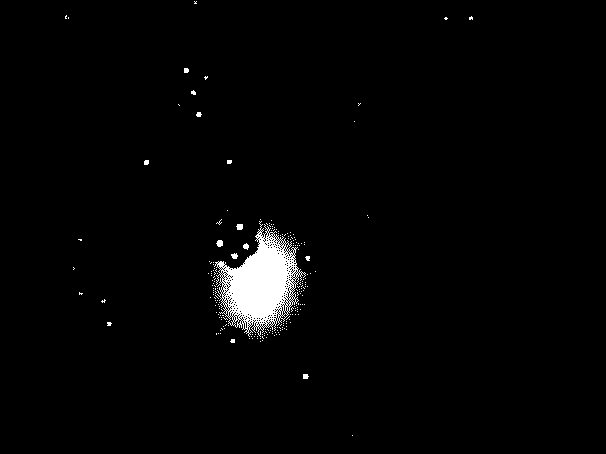Preparation method of organic siloxane microspheres with narrow particle size distribution and richly organized surfaces
A technology for organizing siloxanes and siloxanes, which is applied in the field of preparation of surface-rich organosiloxane microspheres with narrow particle size distribution, and can solve the problems of simple post-treatment process, wide distribution, and harsh synthesis reaction conditions. The problem is to achieve the effect of less demanding reaction conditions, easy industrial production, and improved physical and chemical properties
- Summary
- Abstract
- Description
- Claims
- Application Information
AI Technical Summary
Problems solved by technology
Method used
Image
Examples
Embodiment 1
[0030] (1) In a reactor equipped with a stirrer and a thermometer, add 55 grams of deionized water, 0.54 grams of sodium dodecylbenzenesulfonate, and 0.045 grams of polyvinylpyrrolidone, and then at a constant temperature of 25 degrees Celsius, Stir at a speed of 350rpm for 20 minutes to obtain a dispersion;
[0031] (2) Add 18 grams of methyltrimethoxysilane into the reactor, stir at a constant temperature of 25 degrees Celsius for 30 minutes, then add 0.2 grams of ammonia solution with a mass fraction of 10%, and stir at a speed of 350 rpm for 2.5 Hour, obtain methylsiloxane microsphere mixed solution;
[0032] (3) After adjusting the pH value of the methylsiloxane microsphere mixture to 9.0, add 0.3 g of hexamethyldisiloxane to the reactor, and stir and react at 350 rpm for 3 hours to obtain surface-rich methylation Methylsiloxane microsphere dispersion;
[0033] (4) Use a centrifuge at 4000rpm for 15 minutes to obtain the product, wash it with deionized water, and then d...
Embodiment 2
[0035] The difference between this example and Example 1 is that in step (3), 0.5 g of dimethylvinylmethoxysilane is added to the reactor, and the reaction is stirred at 350 rpm for 3 hours to obtain the surface methyl-rich vinyl methoxysilane Silicone microsphere dispersion liquid; after step (4), 5.3 grams of surface-rich methyl vinylated methylsiloxane microspheres are obtained, with a particle size of 1 to 5 microns.
Embodiment 3
[0037] (1) In a reactor equipped with a stirrer and a thermometer, add 65 grams of deionized water, 0.47 grams of dodecylbenzenesulfonic acid sodium salt, and 0.048 grams of polyvinylpyrrolidone, and then at a constant temperature of 28 degrees Celsius, Stir at a speed of 350rpm for 25 minutes to obtain a dispersion;
[0038](2) Add 22 grams of methyltrimethoxysilane into the reactor, stir at a constant temperature of 24 degrees Celsius for 30 minutes, then add 0.25 grams of ammonia solution with a mass fraction of 10%, and stir at a speed of 350 rpm for reaction 3 Hour, obtain methylsiloxane microsphere mixed solution;
[0039] (3) After adjusting the pH value of the methylsiloxane microsphere mixture to 8.5, add 0.6 g of hexamethyldisilazane to the reactor, and stir and react at 350 rpm for 2.5 hours to obtain surface-rich methylation Methylsiloxane microsphere dispersion;
[0040] (4) Use a centrifuge at 4000rpm for 15 minutes to obtain the product, wash it with deionized...
PUM
| Property | Measurement | Unit |
|---|---|---|
| particle diameter | aaaaa | aaaaa |
Abstract
Description
Claims
Application Information
 Login to View More
Login to View More - R&D
- Intellectual Property
- Life Sciences
- Materials
- Tech Scout
- Unparalleled Data Quality
- Higher Quality Content
- 60% Fewer Hallucinations
Browse by: Latest US Patents, China's latest patents, Technical Efficacy Thesaurus, Application Domain, Technology Topic, Popular Technical Reports.
© 2025 PatSnap. All rights reserved.Legal|Privacy policy|Modern Slavery Act Transparency Statement|Sitemap|About US| Contact US: help@patsnap.com



